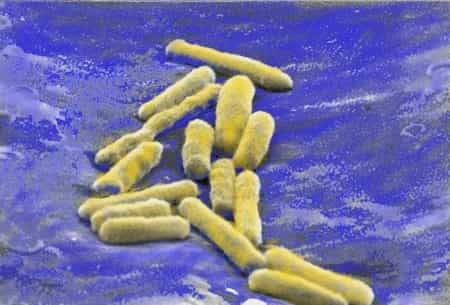Just a few days ago the news came out of the death of a little girl from an allergic reaction to a simple ice cream. Unfortunately, allergies, especially food allergies, are increasing in number and often the cure is not so simple. Examples of this are intolerances and pathologies such as celiac disease. Scientists at the Garvan Institute of Medical Research in Sydney have discovered what is behind the most serious allergic reactions , what can be life threatening. It is the combination of two molecules of the immune system , IL-4 and IL-21. Biologist Stuart Tangye writes in the scientific journal Blood : "When the two molecules combine, the allergic reaction is much more powerful, and we now know that any allergy treatment will do best by neutralizing one or both molecules. The results, obtained currently in the lab, they are encouraging in an age where the frequency of allergies continues to rise."
You may also like
What if the problem was the detergent?
Not everyone knows that in common detergents there are chemical agents that are difficult to eliminate in the rinsing phase. These chemical residues, highly allergenic, are in fact absorbed by washed clothes, despite rinsing, and then released in contact with the skin especially in situations of perspiration. Sweat triggers a chemical reaction which, in a… Continua a leggere What if the problem was the detergent?
Cell phone dermatitis
The British Association of Dermatologists (BAD) recently published a report to warn people allergic to metals about the risks of using a mobile phone. Particularly sensitized people can show an allergy to nickel which manifests itself on the areas of skin exposed to it, causing dermatitis and rash. The European Union has regulated by decree… Continua a leggere Cell phone dermatitis
Molecule regenerates the heart
A new molecule (HBR) has been synthesized capable of regenerating the heart immediately after a heart attack and increasing the efficacy of subsequent stem cell transplantation. The revolutionary molecule is capable of immediately reducing the cardiac cell mortality produced by the infarction and inducing the formation of new coronary vessels together with the recruitment of… Continua a leggere Molecule regenerates the heart
